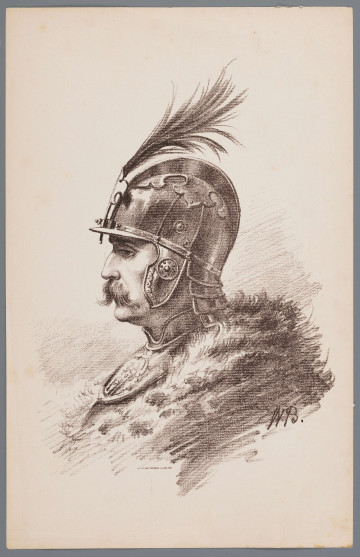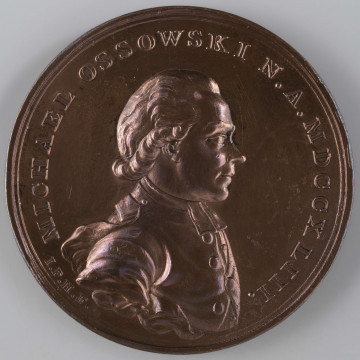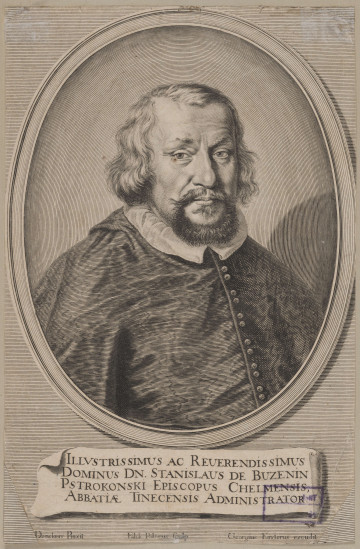
Knight's head
1913
National Museum in Lublin
Part of the collection: European classics of modernity
Toma Rosandić was born into a stonemason family originating from Podgora on the Dalmatian Mediterranean coast. He served his apprenticeship from 1900 to 1903 in the workshop of his father and Fran Bilinić, while also attending evening school for drawing and ornamentation. After completing his studies, he travelled for two years between Rome, Florence and Venice. Already in 1906, he presented his works in Milan, and in 1908 at the First Dalmatian Art Exhibition in Split. In the same year he went to Vienna, employing himself in the sculpture atelier of the younger Ivan Meštrović, with whom he had been friends from an early age. Rosandić took the entrance exams to the Vienna Academy of Fine Arts, but declined to begin his studies, which did not prevent his portrait sculptures from being accepted for the spring exhibitions at the Secession building (1909, 1910). From 1912 he lived in Belgrade. The influence of Art Nouveau stylistics and themes typical of Symbolism at the turn of the 20th century was clearly evident in his first works. His interest in the proposals of Auguste Rodin influenced the increased expressiveness of his own works and the characteristic chiaroscuro effects in the elaboration of the surfaces of ceramic models and metal casts. His ideal became at the same time the model of an artist-craftsman from the old confraternities, appreciated at the time, who emphasised workshop skills and chose specific - above all religious - themes for his works, as well as favoured woodcarving over other media. Fourteenth- and fifteenth-century inspirations became apparent in works produced during the First World War, which Rosandić spent in Italy, Switzerland, France and Britain, and during which he lost most of his previous works. The compositions from 1915-1916 belonged to this new group, paving the way for the artist's recognition, especially the woodcut full-figure Ecce Homo and its bronze version reduced to a bust, found in the Szczecin collection.
Szymon Piotr Kubiak
Author / creator
Dimensions
cały obiekt: height: 45 cm, width: 38 cm
Object type
sculpture
Creation time / dating
Creation / finding place
Identification number
Location / status

1913
National Museum in Lublin

1787
National Museum in Lublin

1645 — 1655
National Museum in Lublin
DISCOVER this TOPIC
National Museum in Szczecin
DISCOVER this PATH
Educational path